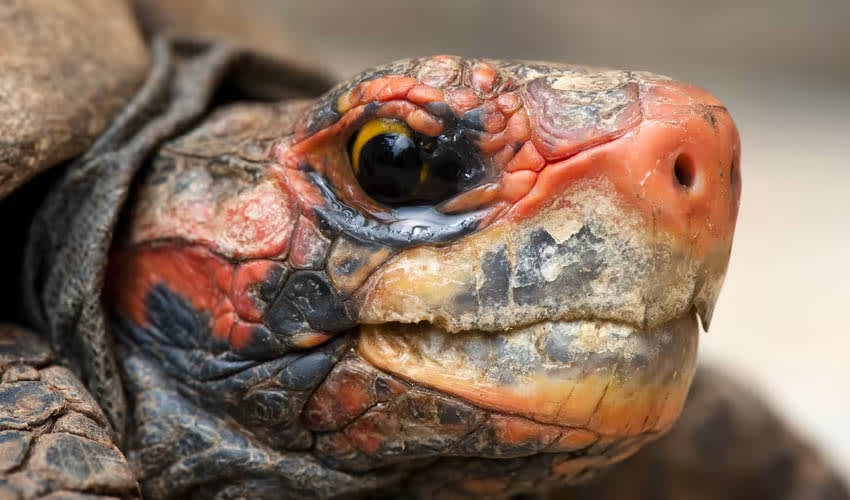Reptiles
If they bite you and you die, they are ‘venomous’; if you bite them and you die, they are ‘poisonous’
Reptiles represent a diverse group of animals sharing several vital characteristics. One defining trait of reptiles is their ectothermic nature, meaning they rely on external sources to regulate their body temperature. This cold-blooded nature allows them to thrive in a variety of environments, from scorching deserts to humid rainforests.
Another hallmark feature of reptiles is their skin, which is covered with tough scales or bony plates. These scales protect from predators and environmental hazards while helping to reduce water loss—a critical adaptation for survival in arid habitats. Additionally, the skin of reptiles serves as a barrier against pathogens and parasites, contributing to their overall health and well-being.
Reproduction in reptiles typically involves laying eggs, although some exceptions exist among certain species that give birth to live young. Reptile eggs are often leathery or calcified, providing protection and moisture retention for the developing embryos. Nesting behaviors vary among reptiles, with some species burying their eggs in the substrate or constructing elaborate nests to ensure the survival of their offspring.
Regarding appearance, reptiles exhibit a remarkable diversity of forms and adaptations. Some, like snakes, are long, slender, and limbless, adapted for a life of stealthy locomotion and prey capture. Others, such as turtles and tortoises, possess hard-shelled bodies and protective armor, offering defense against predators and environmental hazards.
Behaviorally, reptiles display a range of adaptations for survival and reproduction. Many reptiles engage in basking behavior, where they expose themselves to sunlight to raise their body temperature and increase metabolic activity. In colder climates, reptiles may hibernate or undergo periods of torpor to conserve energy during periods of reduced environmental temperatures.
Furthermore, reptiles exhibit unique sensory adaptations, such as the presence of a light-sensitive “third eye” found in some lizard species. This pineal gland helps regulate circadian rhythms and seasonal activity patterns, allowing reptiles to synchronize their behavior with environmental cues.
Orders in this class
Scaled reptiles, lizard and snakes, survived the Dinosaurs extinction – but will they survive humans?
Famous for being slow, members of this order have evolved very little since they first appeared 200 million years ago
Crocodilians, the fearsome-looking living-fossils can be extremely gentle with their young when lining them up in their mouths
These New Zealand-ers can live to over 100 years old with their eggs taking at least a year to hatch!





